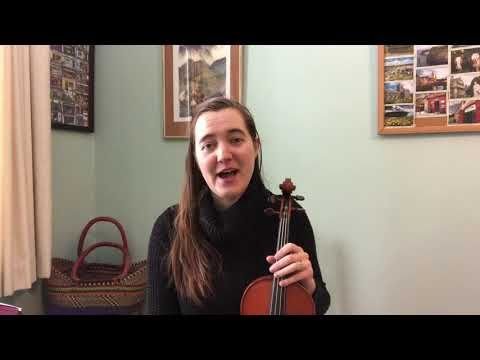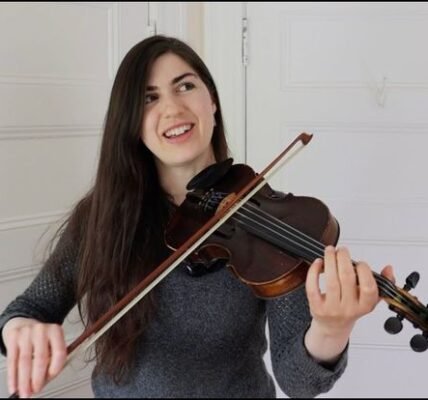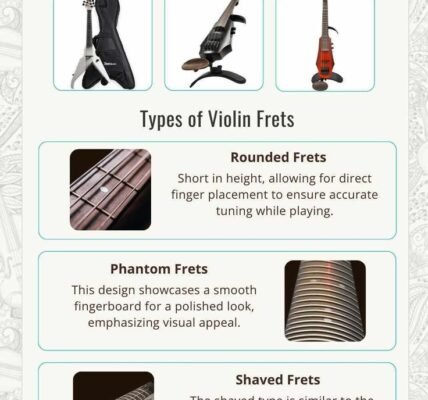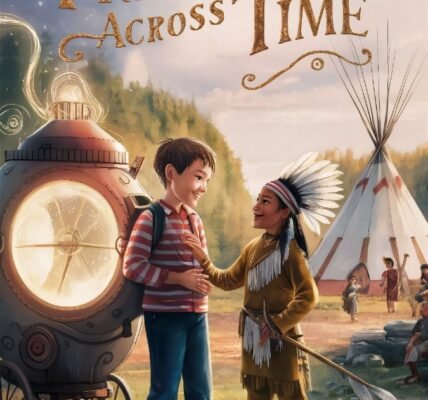Fiddle playing continues to evolve, drawing deeply from folk traditions that span continents and cultures. Understanding how folk music shapes contemporary fiddle styles provides insight into its enduring influence and adaptability. This guide explores key ways folk traditions impact today’s fiddle playing and highlights current trends globally.
Regional Styles Define Technique
Folk music imparts distinctive techniques that modern players incorporate into their practice. In Ireland, ornamentation such as rolls and cuts remains central to fiddling, influencing global Celtic-inspired performances. Scandinavian folk introduces polska rhythms and haunting modal melodies that are now common in experimental and classical crossovers. In the Appalachian tradition, rhythmic bowing patterns like shuffle and syncopation continue to drive bluegrass and old-time genres. These stylistic elements are being adopted and fused across modern musical contexts, keeping regional identities alive while expanding their reach.
Folk Tunes Inspire Contemporary Repertoire
Many modern players include traditional tunes in their setlists, showcasing how deeply folk melodies have penetrated popular and concert music. Composers and arrangers often adapt centuries-old reels, jigs, and laments into new compositions that retain their folk character while appealing to contemporary audiences. Platforms like Spotify and YouTube have accelerated the global sharing of these tunes, allowing fiddlers in diverse regions to learn, reinterpret, and innovate upon traditional material.
Cultural Storytelling Through the Fiddle
Folk music’s role as a vehicle for storytelling continues to influence how fiddlers perform today. Artists weave narratives of heritage, migration, and social change into their playing, blending tradition with modern commentary. Recent collaborations between indigenous musicians and contemporary ensembles have brought ancestral stories to the forefront, demonstrating the instrument’s ongoing function as a cultural voice.
Improvisation and Hybrid Genres
Modern fiddlers are increasingly blending folk with jazz, rock, electronic, and world music, a trend made possible by folk music’s inherent adaptability. Improvisation — a hallmark of many folk traditions — enables these hybrids. For example, Québécois fiddlers integrate foot percussion into experimental arrangements, while Balkan rhythms inform avant-garde string projects, proving that folk traditions encourage creative freedom.
Education and Folk Traditions
Music education now often includes folk techniques as part of a comprehensive curriculum. Workshops, festivals, and online courses emphasize traditional bowing, phrasing, and repertoire alongside classical instruction. This shift reflects growing recognition of folk music’s technical and expressive value in shaping versatile, well-rounded musicians.
Technology Amplifies Folk Influence
Digital archives and streaming services have democratized access to rare field recordings, preserving and disseminating folk traditions that might have been lost. Fiddlers today can study authentic styles directly from source recordings, ensuring fidelity to regional nuances while fostering innovation.
Conclusion
Folk music profoundly shapes modern fiddle playing by transmitting technical, cultural, and creative legacies. As players embrace these traditions and reinterpret them for new contexts, the fiddle remains a vibrant, evolving instrument with global resonance. Understanding and honoring these roots allows contemporary fiddlers to innovate responsibly while keeping the spirit of folk music alive.
If you’d like, I can also craft an SEO meta description, internal linking suggestions, or schema markup recommendations to further optimize this article. Let me know!





